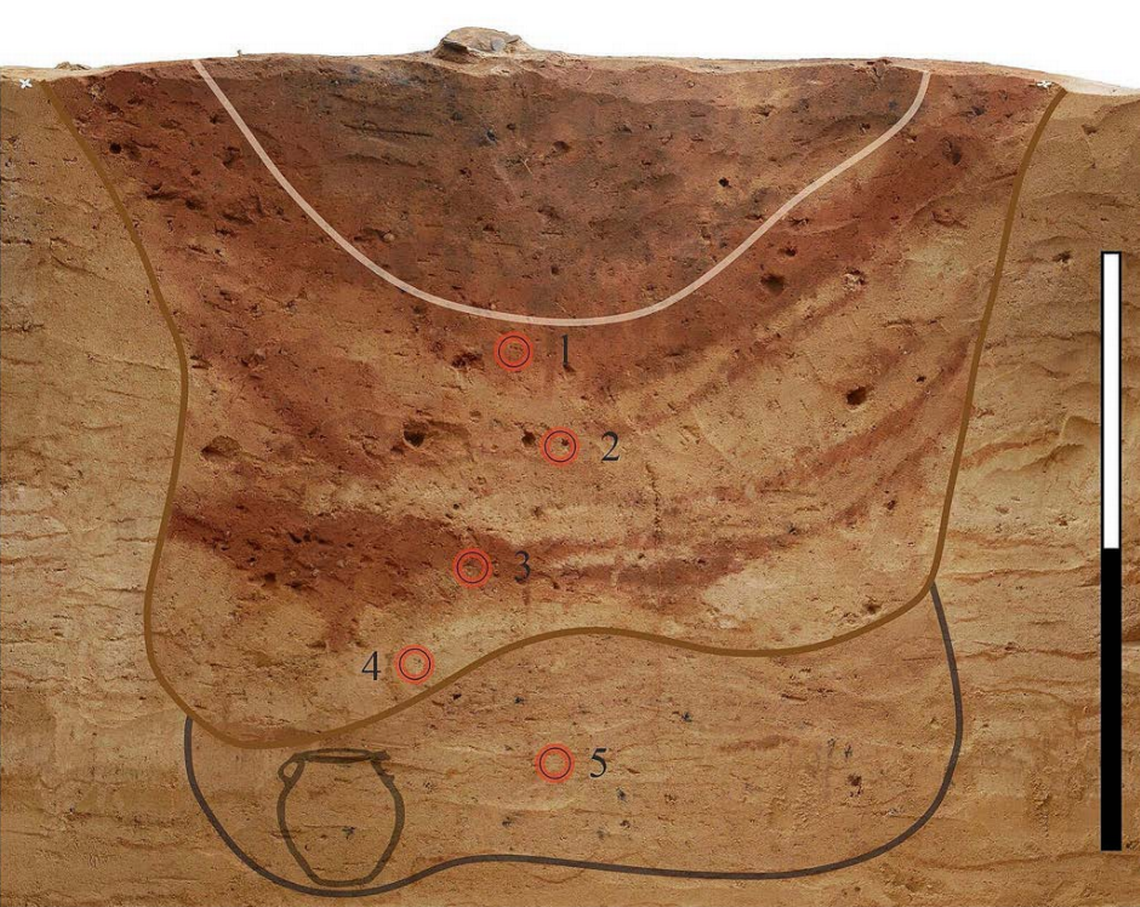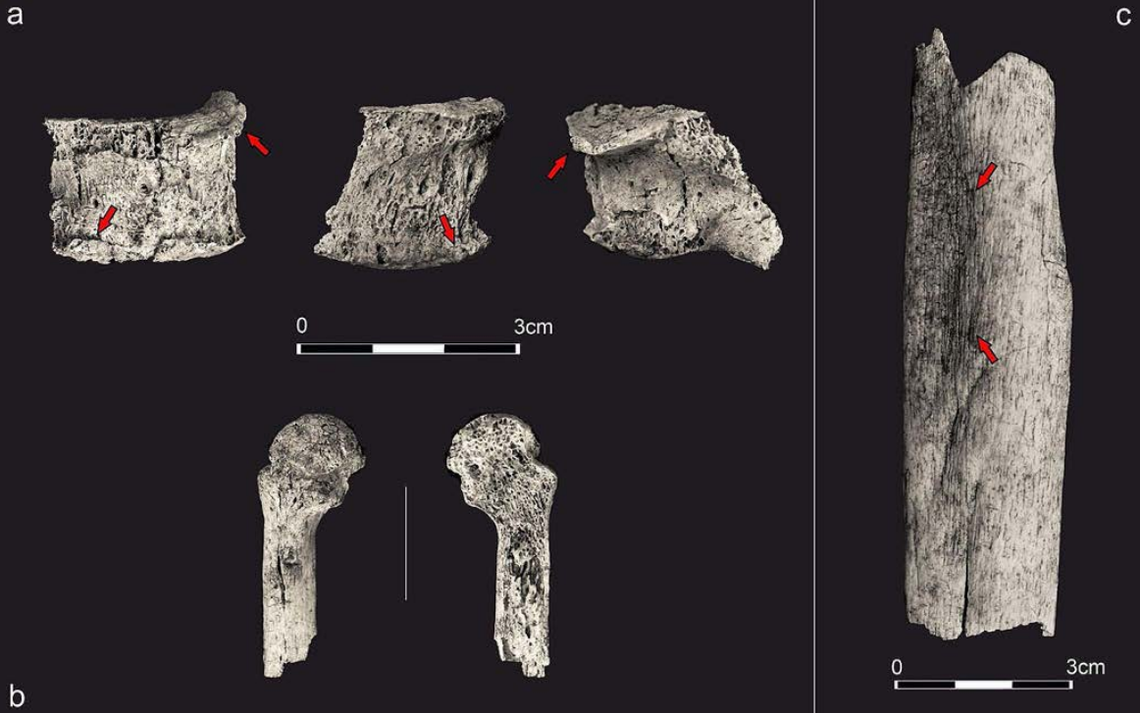‘Princely grave’ filled with luxury artifacts reveals ‘elite’ Roman customs in Poland
The Goths, a group of Germanic tribes, were famed for being fierce adversaries of the Roman Empire. Detailed accounts of their “barbaric” conquests — and their infamous sacking of Rome in 410 A.D. — can be found throughout historical texts.
However, little has been passed down about their social structure, leaving numerous questions for modern-day researchers. How did they organize themselves? Was their society just as stratified as the Romans?
The recent discovery of a well-preserved Gothic grave in Poland sheds light on these questions and provides evidence for the presence of an “elite” group of rulers, according to a study published in April in the journal Archaeological and Anthropological Sciences.

The burial site was found in Czarnówko, a village in the far north of Poland, in 2021. It was linked to the Wielbark culture, a Gothic society that dwelled in modern-day Poland between the first and fifth centuries A.D.
The grave, known as feature 1927, constituted a sandy pit, at the bottom of which an urn was found.
Upon being examined in a laboratory, the vessel was revealed to contain “very well preserved” cremated human remains.

Also discovered were a trove of funerary artifacts, including a golden pendant, a silver-plated shell pendant, a pair of silver bracelets and a glass vessel of Roman origin, researchers said. Animal bones, too, were found, indicating an animal carcass was placed on the funeral pyre.
Analyses of the “princely grave” indicate the deceased individual was a woman who belonged to the upper stratum of society.
She appears to have been born in Pomerania, a historic region of northern Poland, where she likely lived into late adulthood.
Her elevated status — possibly achieved through inheritance — is of “particular interest” as the Wielbark culture is believed to have been patriarchal.
“The findings also coincide with current knowledge about the kinship structure of Germanic communities, in which social rank was passed down through generations,” researchers said.
The charred bones also indicate the woman lived a lengthy and healthy life, free from malnutrition or infectious diseases — a rarity at the time.
“Her longevity might have been somehow promoted by a high social status, which possibly included a more balanced diet, regular hygiene and lack of stress related to physical work – amenities often inaccessible to most people living in ancient times,” researchers said.
This apparent stratification within society may have been influenced by the Romans, who were strictly divided by class, researchers said, noting that further studies should be conducted.
Road construction workers discover historic fortress in Poland. Check out the find
Dozens of medieval burials — including some children — unearthed near lake in France
Centuries-old shipwreck — with trove of coins — unburied from dry land in Malaysia
